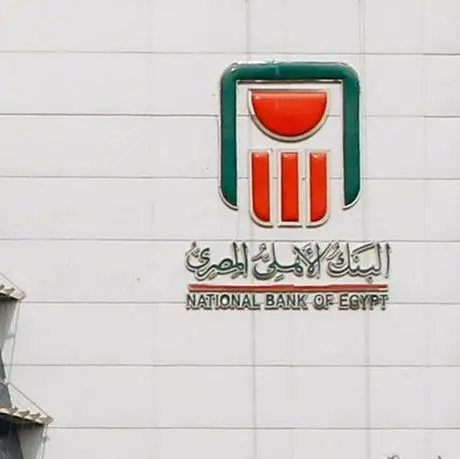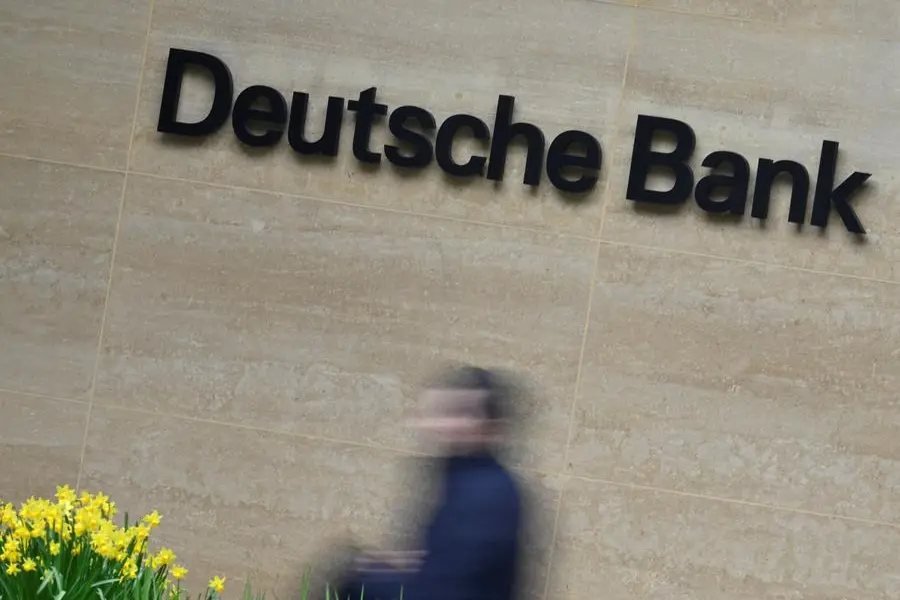PHOTO
Image used for illustrative purpose. Getty Images
Since the 2008 financial crisis, banks have faced tighter capital adequacy standards by Basel III, resulting in stricter lending practices and a devastating impact on the ability of small and medium size enterprises (SMEs) to access critical working capital, including in the GCC. As a result, SMEs today face a funding gap of $2.5 trillion globally. Addressing this challenge, innovative fintech financing platforms have emerged as financing vehicles with significant traction.
While regulated in each of the markets they operate, financing platforms do not face the same capital constraints as banks do. However, to succeed in the SME lending space, these fintechs must have three critical capabilities: auto verification of data, nuanced credit underwriting, and sufficient access to private credit.
In recent years, we have witnessed a growth in the Middle East and North Africa (Mena) and surrounding markets of service providers automating data verification submitted by SMEs via API in government databases and banking institutions. In some jurisdictions, this has been facilitated by regulators recognising SMEs’ economic contribution. Integrating this capability has become essential in reducing risk and enhancing the customer experience.
Coupled with optical character recognition, auto data verification has enabled the second critical capability: AI credit underwriting engines built with sector specific variables, and in some cases alongside blockchain platforms that address the risk post credit issuance by monitoring transaction activities across the supply chain.
The third critical factor is partnering with institutional investors in the private credit sector, a $1.2 trillion asset class and projected to reach $2.5 trillion by 2030. This rapid growth is a result of its consistent performance and unique attributes, including generating 3-6 per cent over fixed income, short-term liquidity and diversification of its underlying transactions, low loan loss ratio, and low correlation with traditional asset classes and market cycles. For example, and amidst a backdrop of rising interest rates, the past two years have seen a rise of activity in private credit in UAE, propelled by DFSA of DIFC with its regulatory frameworks for credit funds and more recently by FSRA of ADGM with its private credit fund rules.
Given the size of the addressable market and the trifecta value to innovative financing platforms, SMEs and private credit investors, there’s a tangible opportunity to reverse the burgeoning SME funding gap triggered 15 years ago by the financial crisis.
The writer is co-founder, Opal.
Copyright © 2022 Khaleej Times. All Rights Reserved. Provided by SyndiGate Media Inc. (Syndigate.info).





















